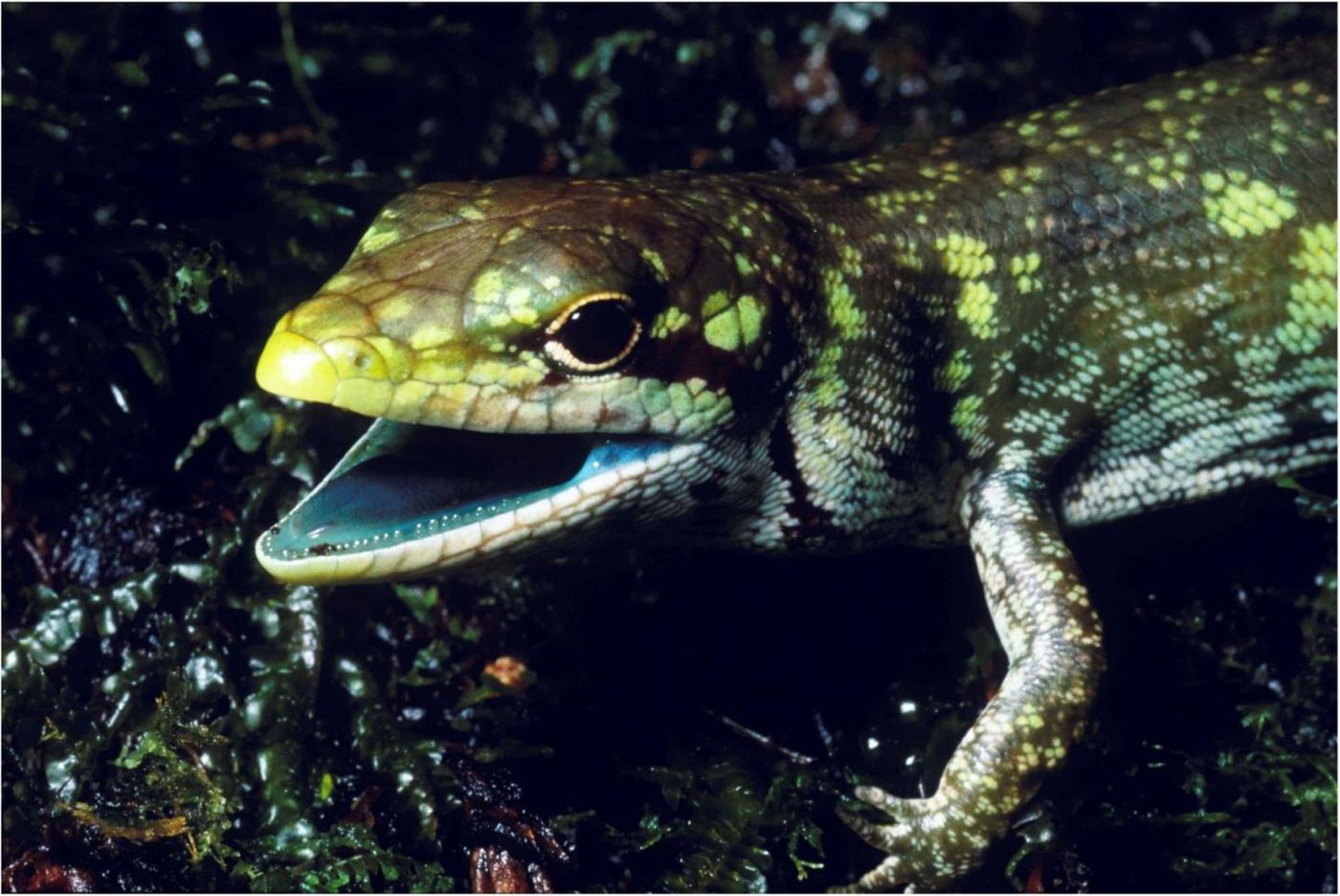Why Do Some Lizards Have Green Blood?
While many recognize red as the traditional color of blood, you might be surprised to learn that a handful of lizards sport green-colored blood instead.
Image Credit: Chris Austin, LSU
Native to New Guinea, a group of skinks dubbed Prasinohaema exhibit this green-blooded trait. But this unusual characteristic expectedly raises the question of why the species evolved to have green-colored blood in the first place.
Curious researchers from Louisiana State University wanted to learn more, and so they closely analyzed more than 51 species in an attempt to find out. Their findings appear in the journal Science Advances this week.
At least six of the species they examined sported green blood, and it seems that the unusual hue comes from excess amounts of green bile pigment known as biliverdin; this in and of itself was a peculiar finding, as high concentrations of biliverdin triggers jaundice in humans.
That said, how does it not do the same for Prasinohaema? A good question indeed…
"In addition to having the highest concentration of biliverdin recorded for any animal, these lizards have somehow evolved a resistance to bile pigment toxicity," explained Zachary Rodriguez, the lead author of the study.
"Understanding the underlying physiological changes that have allowed these lizards to remain jaundice-free may translate to non-traditional approaches to specific health problems."
Related: These lizards use body oscillations to dig into the dirt around them
It remains a mystery as to how and why the lizards developed this green-colored blood, but it seems evident from DNA samples collected during the analysis that green-blooded lizards likely evolved from red-blooded ancestors. That said, this development very well could have been an adaptation to the lizards’ surrounding environment.
The study doesn’t pinpoint the direct causes for this supposed adaptation but finding out is on the to-do list, and follow-up genetic analyses may hold the answer.
"Our next goal is to identify the genes responsible for green blood," Rodriguez continued.
Related: This lizard can drink water from the sand through its feet and back
Learning about the mechanisms at work here are potentially rewarding. If researchers can decrypt the mystery, then it may have implications for treating the illness in people.
It should be fascinating to see what the researchers uncover as they continue their research.
Source: EurekAlert









